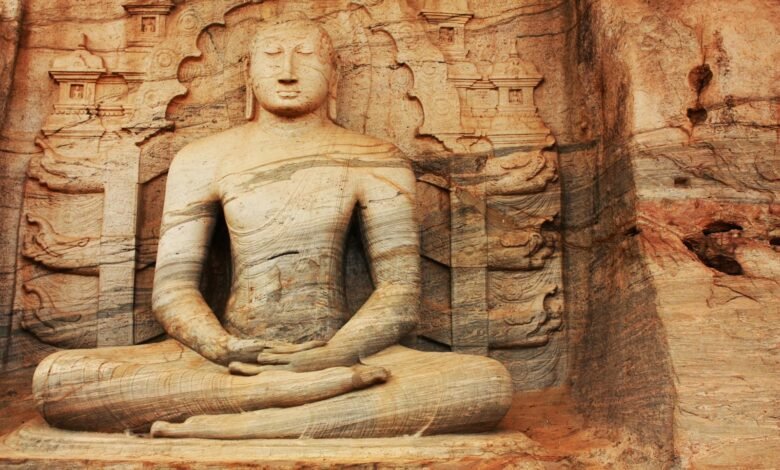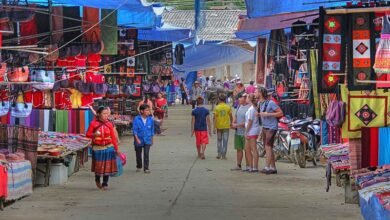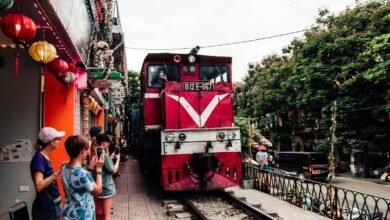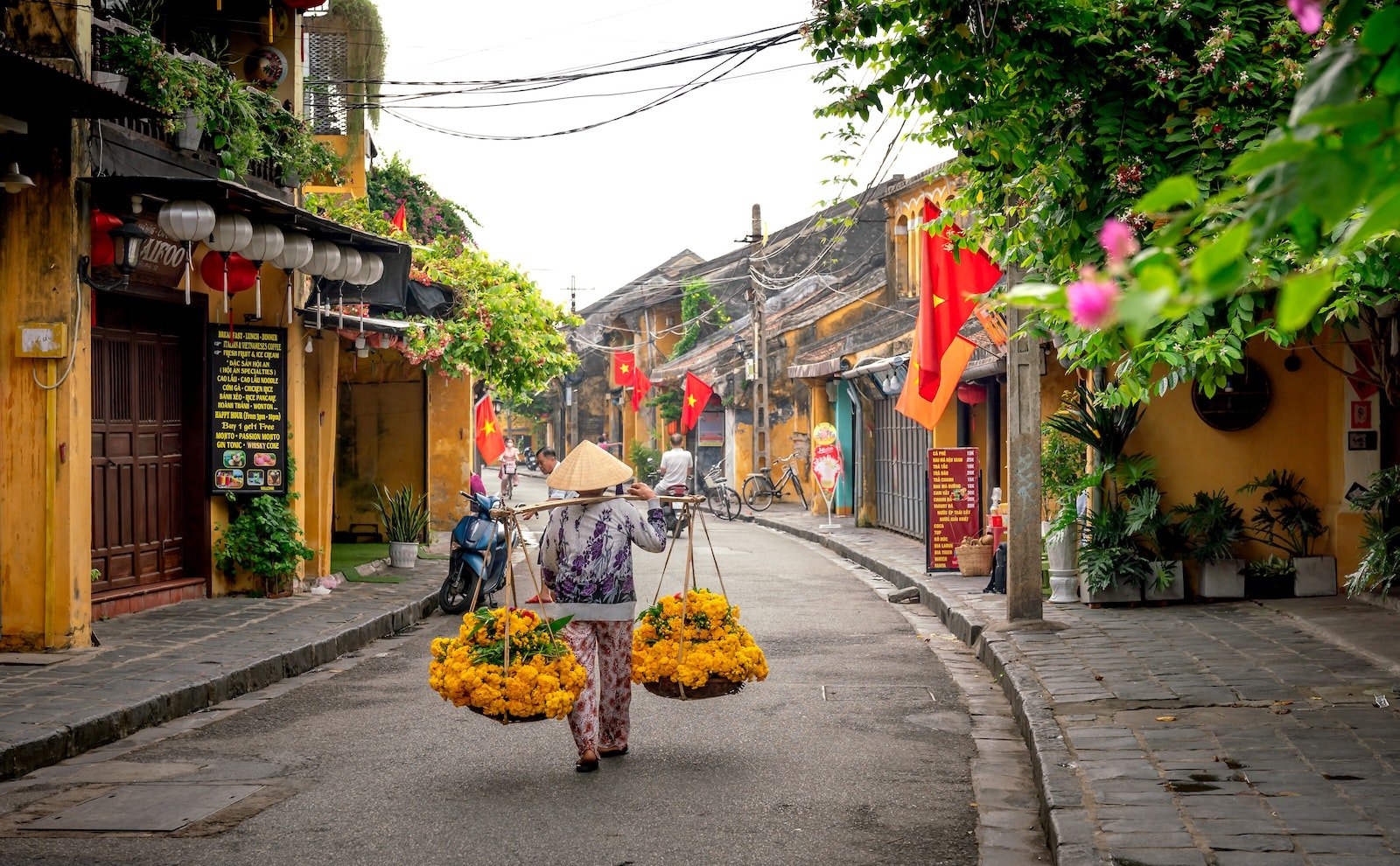Languages and Religions in Vietnam

Vietnam is a captivating country with a rich cultural heritage, reflected in the diversity of its languages and religions. With a population of over 96 million people, Vietnam showcases a blend of influences from historical dynasties, colonial rule, and the unique traditions of various ethnic groups. Let’s explore the fascinating linguistic and religious landscape of this beautiful country.
Languages in Vietnam
Vietnam’s linguistic diversity is extensive, with Vietnamese as the official language and many regional languages spoken by ethnic minorities across the country.
- Vietnamese (Tiếng Việt)
Vietnamese, the official language of Vietnam, is spoken by the vast majority. Using a modified Latin alphabet introduced during the French colonial period, it stands out among Southeast Asian languages. Vietnamese is rich in tone, with six distinct tones that can change the meaning of words. - Minority Languages
In addition to Vietnamese, over 50 ethnic languages are spoken, such as Tày, Hmong, Muong, Cham, and Khmer. These languages reflect the cultural diversity of Vietnam’s regions, particularly in the north and central highlands, where many ethnic minority communities reside. - Foreign Languages
As tourism and international trade increase, English has become more popular, especially in urban centers. There is also growing interest in languages like French, Chinese, Japanese, and Korean. French has a unique place due to the country’s colonial history, and many older Vietnamese people still speak it.
Religions in Vietnam
Religious freedom is highly valued in Vietnam, where people often practice a blend of religious beliefs. The primary religions include Buddhism, Catholicism, Protestantism, Caodaism, and various indigenous beliefs.
- Buddhism
Mahayana Buddhism is widely practiced in Vietnam, especially in the north and center of the country, and deeply influences Vietnamese culture and values. Buddhist temples are common throughout the country and play a central role in many local customs and festivals. - Catholicism
Roman Catholicism arrived during the French colonial era and is one of the most practiced religions in Vietnam. The Catholic community is large and concentrated primarily in southern Vietnam and major urban areas like Ho Chi Minh City. - Protestantism
Protestantism has gained traction in recent decades, especially in the Central Highlands among some ethnic minorities. Though smaller than the Catholic population, it is steadily growing as religious practices diversify. - Caodaism
Caodaism is a uniquely Vietnamese religion that emerged in the 1920s. It integrates elements of Buddhism, Taoism, Confucianism, and Christianity, with a universalist approach. Caodaism is largely concentrated in southern Vietnam, with its main temple in Tay Ninh Province. - Indigenous and Folk Beliefs
Many Vietnamese people practice a mix of folk beliefs, focusing on ancestor worship and reverence for local deities. Folk beliefs play a significant role in Vietnamese festivals like Tet (Lunar New Year), and temples dedicated to heroes, ancestors, and local spirits are prevalent.
Conclusion
Vietnam’s linguistic and religious diversity is a testament to its cultural richness and historical resilience. From the widespread use of Vietnamese to the influence of various religions and folk practices, Vietnam embodies a harmonious blend of tradition and modernity.



